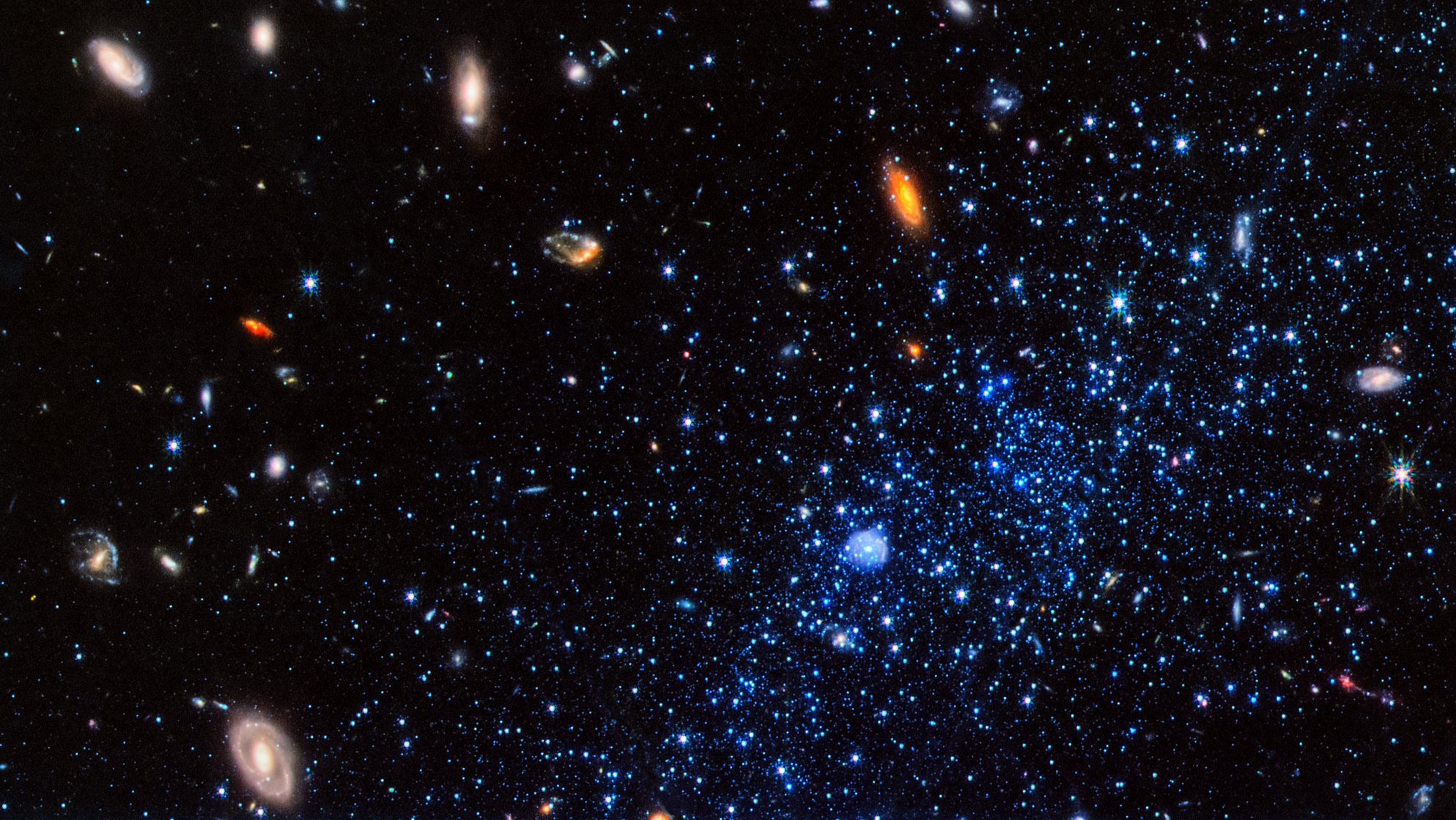“String theory is fascinating,” says experimental philosopher Jonathon Keats, “for the fact that it reconciles quantum mechanics and general relativity, the two greatest explanations that we have of the fundamental forces of nature in the universe for the first time arguably, but with certain caveats.” He explains how string theory, by nature, is somewhat speculative. Also speculative is the real estate market, in particular the booming market where Keats lives in San Francisco. In this video, Keats explains a thought experiment in which he combined the two concepts to explore the ways in which paradoxical elements interact. Part of what he found was that, even though paradoxes feel like dead ends, there are ways to navigate out of them and perhaps even carve a new path of thought through them.
Jonathon Keats: Around six or seven years ago San Francisco, the city where I live, was going through a real estate boom. Being an experimental philosopher I didn't have a lot of money to invest and at the same time I didn't want to completely stand on the sidelines and let this happen without in someway participating, in someway partaking of this extraordinary transformation of my city. Happily I had been reading some string theory, which proved to be remarkably useful for purposes of participating in the real estate market with the small resources that I had. Namely the amount of money I had in my wallet, which was probably not more than $20 or $30. String theory is fascinating for the fact that it reconciles quantum mechanics and general relativity, the two greatest explanations that we have of the fundamental forces of nature in the universe for the first time arguably, but with certain caveats. That is to say that string theory works on the basis that they're being more than three dimensions of space. There need to be, well it's a different number depending on who you talk to but at least you would want 11 perhaps more. These dimensions are of course nothing that we have ever experienced. And the explanation is that there curled up very small. That is they're planck length or ten to the negative 35th meters. And we don't even notice them. In fact our largest equipment, the Large Hadron Collider, would not penetrate at the scale that we're talking about because you would need one the size of our solar system to be able to probe at that small-scale.
So string theory is somewhat speculative. Well, real estate is also somewhat speculative so I decided it was what I would do is I would take string theory and these extra dimensions of space as a basis of a real estate gambit that would begin by my approaching people and offering to purchase the rights to develop in those extra dimensions of space using the legal framework of air rights. Air rights are typically used for purchasing the sky above a plot of land. And this has been a process that has been used in the United States and elsewhere for a very long time. So there was a good president for it and I could write contracts on that basis. Delving into the latest realm of physics at it's most speculative by finding people who had real estate and therefore had no reason why they couldn't sell those extra dimensions and not a lot of reason to hold onto them. So I purchased extra dimensional real estate, that is to say the rights to develop the extra dimensions of approximately seven properties in the San Francisco bay area. And then opened a real estate office in which I subdivided and offered subdivisions at deeply discounted prices.
I took the Zillow price for each property and I slashed it by a million so that you were able to purchase properties for several cents, a few dollars. It was something that anyone could buy into.
There's something paradoxical about science in the age of string theory. That is to say that science is based on observation. You make an observation about the ground under your feet or the sky above your head and you build a theory on that basis. And that theory is a tool by which you are able to make keener observations and so forth and we get from ancient to present systems of science and they get more and more sophisticated as they go. However string theory posits that there are extra dimensions of space that may not only be beyond anything that has ever experimentally been probed but might experimentally not be probable. In other words that science, through this iterative process of observation and theory, may reach a point where paradoxically the theory does not allow for a subsequent observation. That might be a -- that might be a cause for midlife crisis were I a scientist.
But as an experimental philosopher it seems to me to be an extraordinary opportunity because real estate also is a very strange concept. The idea of owning land, which has always been there and will be there long after were gone, the idea that something as abstract as real estate can pertain to something as concrete as physical as the earth itself seems to me to be one of these unseen paradoxes, one of these undiscussed qualities of a system that we all take for granted. So by taking string theory and applying into real estate, real estate becomes problematized by that process. And people transact my buying land in those extra dimensions in a way that makes them part of that whole problematic system. And that potentially becomes a way in which we can think about real estate with a greater degree of specificity or at least from a different perspective than we did before. At the same time I think that real estate, because it's something that is familiar to all of us and something that we can transact in almost as a matter of course, provides a means by which we can probe physics today and the meaning of physics when physics extends beyond what is testable when science becomes in a sense inherently unscientific by its own scientific process. We're going to have to grapple with that perhaps because string theory still seems to be the best system going.
So how do we deal with that? What does science become when science reaches that point? I think that when we get outside of the laboratory, or many of us who never would enter into the lab, start taking part in that conversation that we prepare ourselves for what is a deep philosophical change that perhaps may take place in our society as science advances beyond the stage that it is currently reached.
A paradox may seem like a dead end. And you probably reach dead ends or what appeared to be dead ends on a pretty regular basis in your life. I know that I do. I think that this is why life is as frustrating as it can be. But dead ends need not be so dead after all. If you take a dead end and you apply it to another dead end you have nothing to lose, there both dead ends after all, that you might actually find a path through one by way of the other. The paradox that is to say the crisis that occurs often when you are pursuing something that leads to internal contradictions, contradictions that you just can't figure out how to reconcile, is something that you can sometimes work your way around in non-obvious ways. You can come up with those just by thinking about them sometimes but it isn't always so easy to sit back and to work your way through the problem. Often if you work outside of the problem space by way of taking up another problem space you find that you found a path through that you might never have found had you addressed or had you struck up with a blunt instrument of reason where that reason was not moderated by alternate ways of thinking, by other ideas that may come from distant realms.




